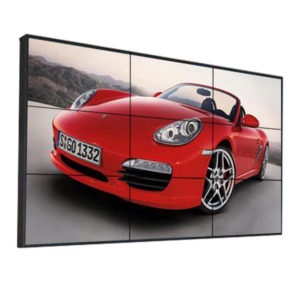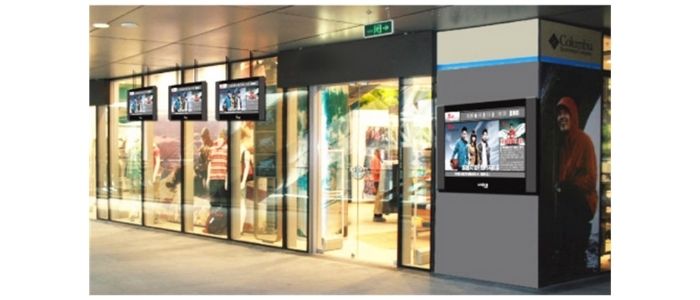
As paredes de vídeo são uma extensão da sinalização digital como conceito. Uma parede de vídeo é uma configuração de vários monitores que usa várias telas de televisão, projetores de vídeo, ou monitores de computador que, quando lado a lado, formar uma tela ou imagem de tamanho grande.
With a drop in pricing for the technology, as well as an increase in their versatility and usefulness, more and more companies have taken an interest in adapting video screen technology for their own purposes. This has led to an increase in innovative uses.
If you want to take a lesson from the best video wall displays, you should follow practices to ensure they’ll be a successful part of your operations. Here are a few tips to increase sales with video:
Determine your needs. Before doing anything else or making any purchases, determine the purpose of your video wall. This ensures your system setup will meet your goals.
Consider the number of images you want to display. Determine how many images you’ll show at once. This includes whether the video wall will be one single large image across the wall, multiple video sources using one image per screen, or a combination of the two. Also determine the source and type of video images used, such as Blu-Ray, DVD, cable/satellite TV or digital video files from a hard drive.
Understand the importance of content. Determine the content to be shown and how it’ll look on the video wall. This includes ensuring everything shown is in proper ratios and resolutions.
Use native quality. The best picture quality will match your screens’ native resolutions. For TVs, this could be 720p or 1080p. For monitors, various resolutions are acceptable, such as 1366 x 768 pixels or 1920 x 1080 pixels.
Use professional grade products. Use professional quality products for your video wall. They’re designed for enduring constant public exposure and possible around-the-clock usage. The displays you choose should be color calibrated for proper color, brightness and contrast. This will achieve
maximum picture quality, as well as a uniform look across screens.
Choose an appropriate mounting system. Make sure the wall is structurally sound. Ease of future access and maintenance is also important.
Consider cooling. Your video wall should have proper ventilation or cooling available because large video walls can produce plenty of heat.
Figure out the proper electrical requirements for your video wall. This includes the power requirements for each display, as well as surge protection and power conditioners. You don’t want your video wall to trip a circuit breaker from power usage or have issues if someone activates a microwave oven or other power-using device.
Hire professionals. Allow a professional to install your video wall. Besides the physical labor involved, professionals can also perform proper physical alignments, system setup and color calibration.
Have regular maintenance performed on the video wall. Ensure this maintenance is included in your future budgeting. This will avoid a screen going blank or having other technical problems.





